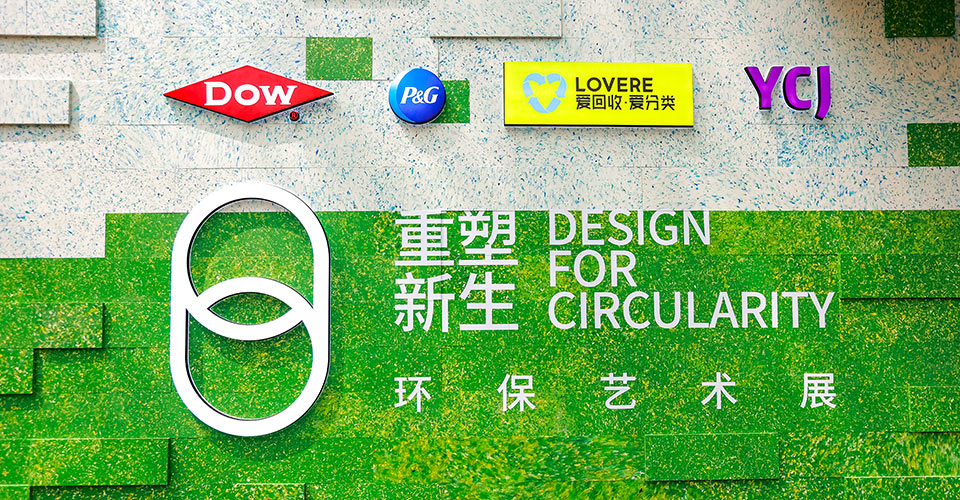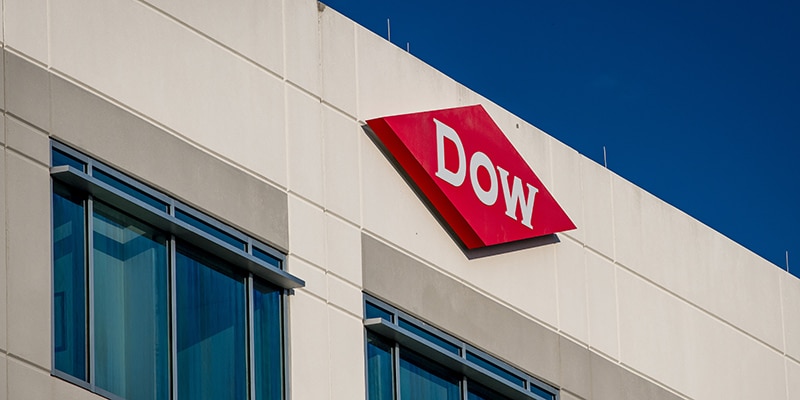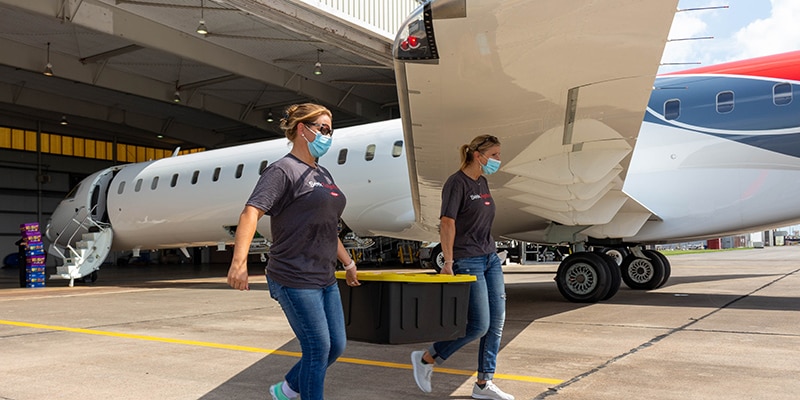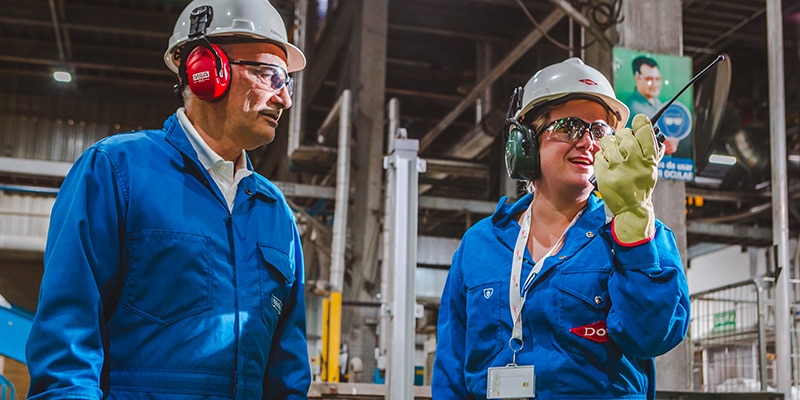
Bringing the idea of plastics circularity to life through Art & Design
There is no single miracle material that will solve the world’s sustainability issues, but by inspiring the community around us and innovating through our materials science capabilities, we can work towards more creative, sustainable solutions and shift towards a circular economy and a sustainable future.
Since I started my journey at Dow about 15 years ago, I have been intrigued to find out how materials science could enable better, more sustainable packaging for the world.
For decades, the way to produce and dispose of products after use, was part of a linear economy. As the call to tackle climate change and eliminate plastic waste becomes increasingly pertinent, there is an urgent need for all of us to take impactful steps and shift to a circular economy – to make, use, collect, recycle, and reuse.
The design stage is a crucial enabler of circularity. Besides a focus on shelf appeal and functionality, designers will need to consider what materials to choose to ensure products can be recycled.
Design competition unlocks passion for sustainable solutions among younger generations
To inspire and demonstrate the impact of using recycled packaging in high-value applications, Dow joined hands with P&G, LOVERE and YCJ organizing the “Design for Circularity” Art & Design Competition last year in China.
The competition was opened to university students and professionals in the field of design, calling for creative ideas in the space of recyclable packaging and other applications of recycled plastics. The organizations supporting this initiative are also interested to explore commercialization opportunities for outstanding participants in the competition – transforming their work from drawings and concepts to actual products for consumers’ use.
We received over 80 inspiring and creative submissions. We were excited to see the younger generation’s passion for this theme. Simultaneously, during our conversations and interactions with the students and young professionals, we found that post participants have a strong intrinsic motivation to learn more about what “sustainability” really is and what the true value is when it comes to progress towards a circular economy.
Since the competition ended in June of 2022, Team Dow and our partners thought hard about what more we could do to share what we learned about the concepts of recyclability with our community, distributing the knowledge to a wider audience. We came up with a plan that we are really excited about.
Exhibition displays winning recycled plastic art designs
We recently launched the “Design for Circularity” exhibition that featured winning designs from the competition as well as some of the latest sustainability developments in packaging.
By inviting end-consumers and showing how materials science is a key enabler for recyclability and how recycled plastic waste can get a second life by being converted into appealing daily necessities, we can help deliver change and have a positive impact on communities, by embracing a circular economy more actively.
I’m very proud that the exhibition turned out to be a success with over 3,800 visitors over a 6-week period.

Everyone plays a part in investing in a sustainable future
We will continue this meaningful initiative, and I’m looking forwarding to more partners and young designers joining us. As I reflect on this first edition of the exhibition, I remember hearing conversations among visitors about how surprised they were to see that many beautiful items were made with recycled plastics, or how they would be keen to purchase the exhibits on display if they were on sale.
The “Design for Circularity” competition and exhibition was a great reminder of why I continue to be excited about my work at Dow. There is no single miracle material that will solve the world’s sustainability issues, but by inspiring the community around us and innovating through our materials science capabilities, we can work towards more creative, sustainable solutions and shift towards a circular economy and a sustainable future.
These are the ingredients that have the potential to make a big difference and will change the way we live.
Kodak Xiao Sr. Business Sustainability Director P&SP APAC





